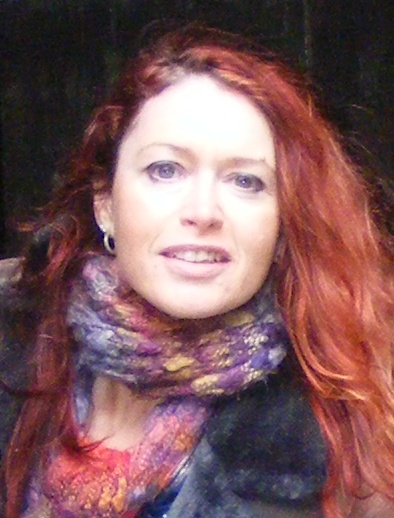The act of reading is inextricably linked to the intertwined structures of language and consciousness.
We are conscious beings; as mammals, when we experience the world around us we weave a narrative account of our existence that gives us a retrospective timeline in which to anchor our viewpoint and sense of unitary identity. We possess a “theory of mind” which allows us to ascribe intentionality to other organisms – the dog bit the postman because it was frightened (and fear provokes a fight/flight response) – a valuable survival ability during our prehistory on the plains of Africa. And we possess language with syntax and deep semantics and grammar, a possibly unique and very powerful capability that allows us to encode behavior and insights and transfer them from one mind to another.
Cognitive philosophers have, over the years, chewed on the concept of consciousness until it is grey and mushy about the edges – but with little digestive success. One thought experiment they use to examine this phenomenon is the idea of the zombie. In cognitive science, a zombie is a philosophical thought experiment: a human being with no interior state, no sense of identity, no “I.” Philosophical zombies do not, as far as we know, exist, but they possess a number of interesting attributes; they presumably eat, sleep, breathe and respond to stimuli, but possess no personhood. If you ask one who he or she is, or what they are experiencing, they won’t be able to frame a reply that encodes any sense of identity: they observe but they do not experience.
To probe some questions arising from philosophical zombies, Daniel Dennett proposed a new category: the “zimboe.” A zimboe is a special type of zombie which, when asked, will deny that it is a zombie. That’s its sole specialty. It’s like an empty house where the lights are on and nobody’s home, but the absent householder has left a tape-recording of a dog barking or a baby crying playing on a continuous loop to convince burglars that it’s a bad prospect. If you ask a zombie about themselves they can’t tell you anything. If you ask a zimboe about themselves they will spin a convincing yarn, but it’s a lie – they don’t feel anything. Detecting a zimboe is next to impossible because they claim to be conscious; we might be surrounded by them, or even married to one, but we might never know.
When we read fiction or autobiography or any other narrative text that encodes a human experience as opposed to some assertion about the non-human universe, we are participating in an interesting process that Stephen King described as the nearest thing to telepathy that humanity has yet developed. An author has encoded their interior experience, serialized it as text and handed it to the reader in some kind of package. The reader then inputs the text and, using their theory of mind, generates a simulation of the interior mental states the writer was encoding.
What happens when a zimboe reads Pride and Prejudice and Zombies?
The lights are on, but there’s no consciousness present and therefore no theory of mind to be deployed to generate an emulation of the interior states of Jane Austen’s characters. You can quiz the zimboe about their reading matter and they can answer factual questions about the text, but they can’t tell you why Elizabeth and Mr. Darcy are feeling any given emotion, because they lack the theory of mind – the cognitive toolkit – necessary to infer interior states and ascribe them to other entities.
We may therefore expect zimboe lairs to be curiously deficient in the kind of reading matter that provokes emotional engagement and long interior arguments with recalcitrant fictional protagonists who need to recognize the error of their ways, pull their heads out of their fictional asses and sort themselves out.
And, more fundamentally, we may infer the existence of a cast-iron test for whether a person is a person or a zimboe…because zimboes can’t write fan fic. Not even bad fan fic. They probably can’t write any kind of fiction at all, or even reliably recognize the distinction between fiction and narrative fact.
Zimboes don’t dream of electric sheep. And, come the zombie apocalypse, we can use this fact to defend ourselves from them!
Further reading:
- Theory of mind: http://en.wikipedia.org/wiki/Theory_of_mind
- Philosophical zombies: http://en.wikipedia.org/wiki/Philosophical_zombie



